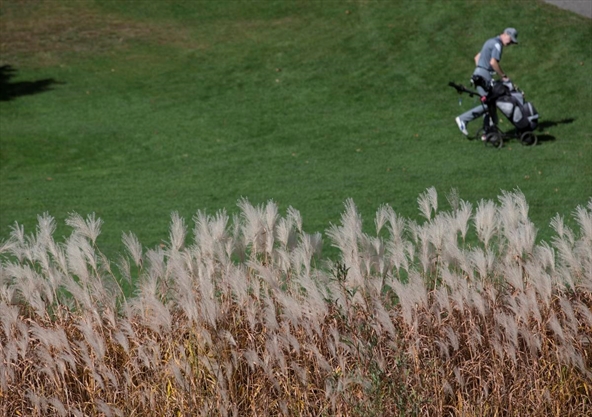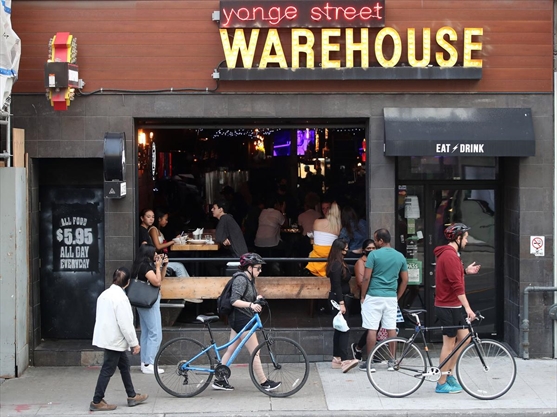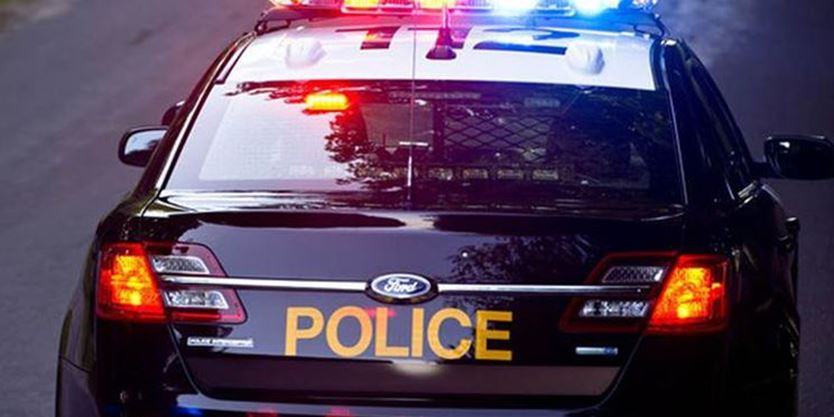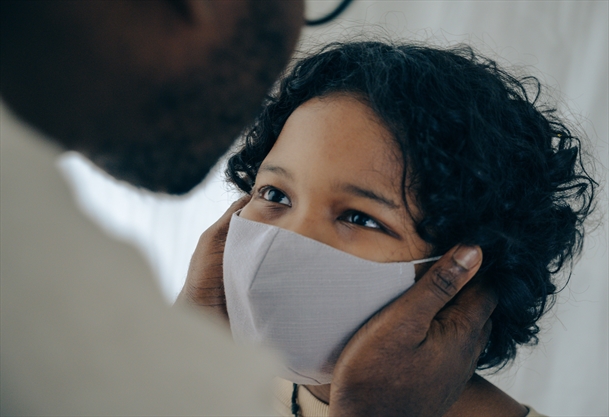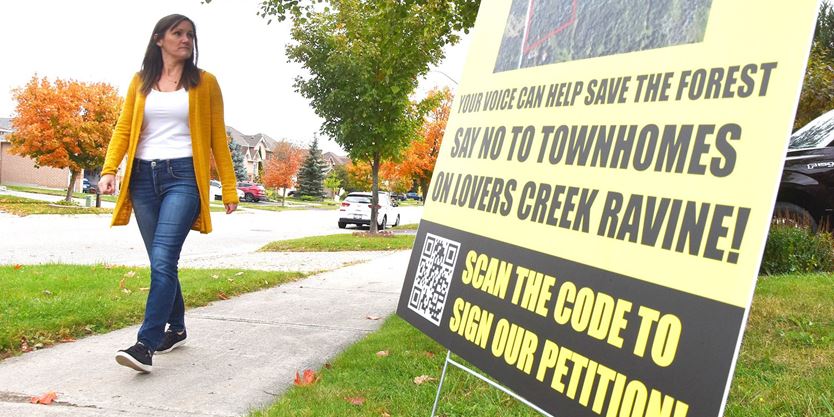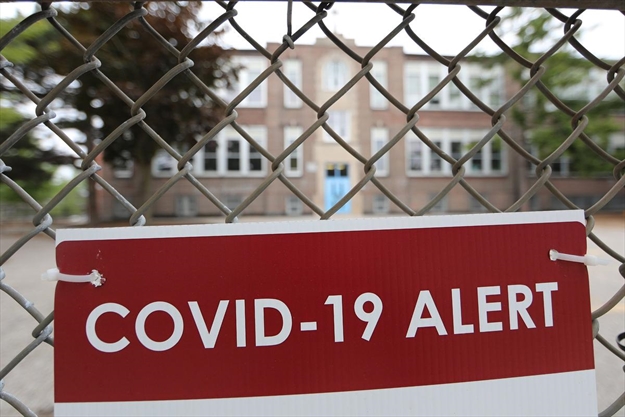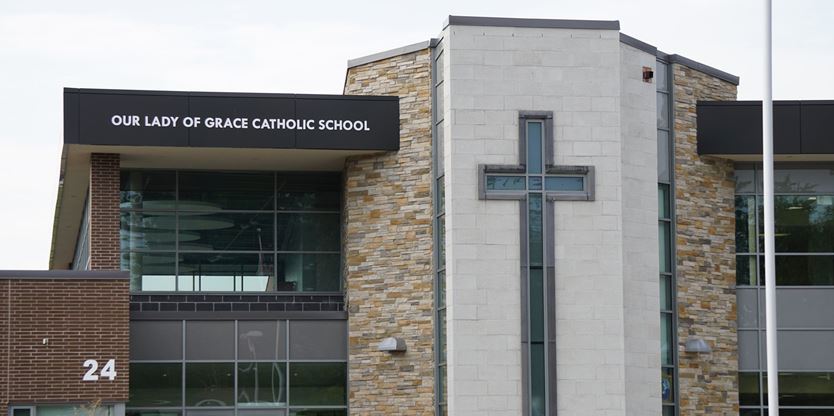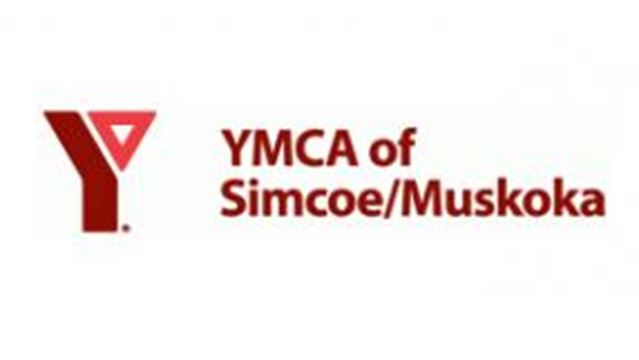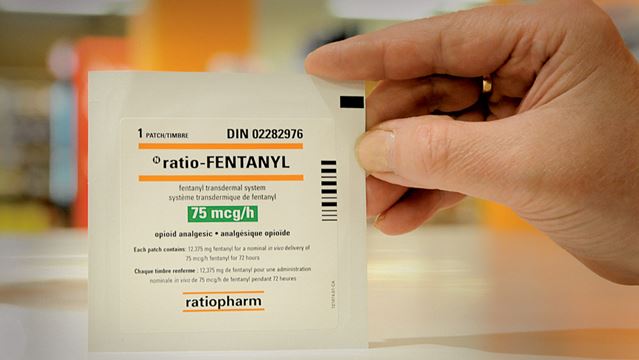Environmental groups urge Toronto to turn city golf courses into parks, urban farms and housing
Toronto has been a hot-button issue throughout the pandemic, as cooped-up residents have been heading to their to stretch .
The issue has drawn attention to the concern that residents in racialized and low-income neighbourhoodsto have easy access to any green space. So environmental and food-advocacy groups are calling for the city to ask the public whether it should keep its golf courses, or instead create a new parks or urban farms to better serve residents.
whether to extend the operating licences for five of the city’s seven courses: Dentonia Park, Don Valley, Humber Valley, Scarlett Woods and the Tam O’Shanter for two years with a further optional year into 2023.

“The issue is around how public assets are used to support communities. Green spaces need to serve the public good and this is the perfect opportunity to target populations that are disproportionally disadvantaged at this moment,” says Melana Roberts, chair of Food Secure Canada and a member of the Toronto Food Policy Council. “(The courses) are in dense populations with low-income neighbourhoods that have inadequate access to parks. Build a city for the people who live here and not for the privileged few.”
Roberts says she’d like to see the city’s Indigenous communities have priority input as part of the , in addition to consultations with residents on what to do with the land.
“The only option is a deep public consultation,” says Heather Marshall of the . “There have been a lot of ideas that come up, some around food production, Indigenous peacemaking, and making sure the land helps meet the city’s tree-planting and biodiversity goals. That might still include golf courses, but we just want a consultation and for people to have their say.”
She adds that planting more trees and vegetation can help with flood prevention, and that this is also an opportunity to not go back to the “status quo” and address existing inequity for BIPOC and low-income residents. The organization is asking the public to requesting a public consultation on what to do with the land before council meets this week.
Jessica Bell, MPP for University-Rosedale, to city council and the licensing committee asking for the licences not to be renewed.
“In this pandemic, access to public space is in short supply and many of our city’s residents are struggling to make ends meet, and it is for these reasons why it is unfair to limit the use of city land to those who can afford to pay up to $75 on a game of golf. These golf courses are expensive to maintain and do not generate revenue for the city. The popularity of these city-run golf courses is in decline. We do not have a golf course shortage in our region as there are over 100 other golf courses in the GTA that are available for public use.”
Cheyenne Sundance, a farmer and founder of the local urban farm, says the land should be accessible to all residents and not just those paying for golf. While she says the neighbourhoods should ultimately decide how the land should be used, she’d like to see some of it turned into urban farms and community gardens.
“Urban agriculture is life-changing, and you only need a small amount of space to feed so many families,” she says. “It not only grows food, it grows jobs and gives people the skills to build a career in agriculture.”
The notion of transforming golf courses into public parks has been . In April, for a month while the course was shut down. Seattle turned one of its largest privately owned courses in 2017.
Before COVID-19 struck Toronto, urban planners also suggested , citing the city’s report that the from 2007 to 2016.
In by the city’s Parks, Forestry and Recreation department, which manages the courses, they saw a six per cent increase in rounds being played this year compared to last year through mid-August, though the document goes on to say it’s unknown whether this uptick will continue, and asks that the city council renews the golf course contracts until business stabilizes.
Karon Liu is a Toronto-based food reporter for the Star. Follow him on Twitter:
